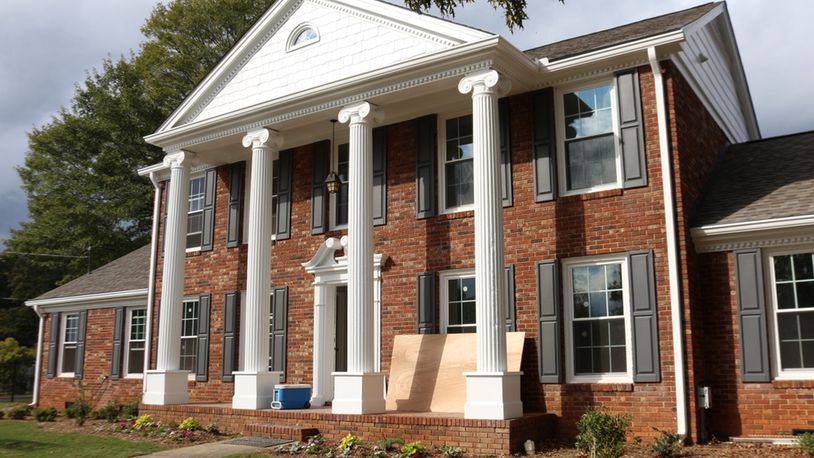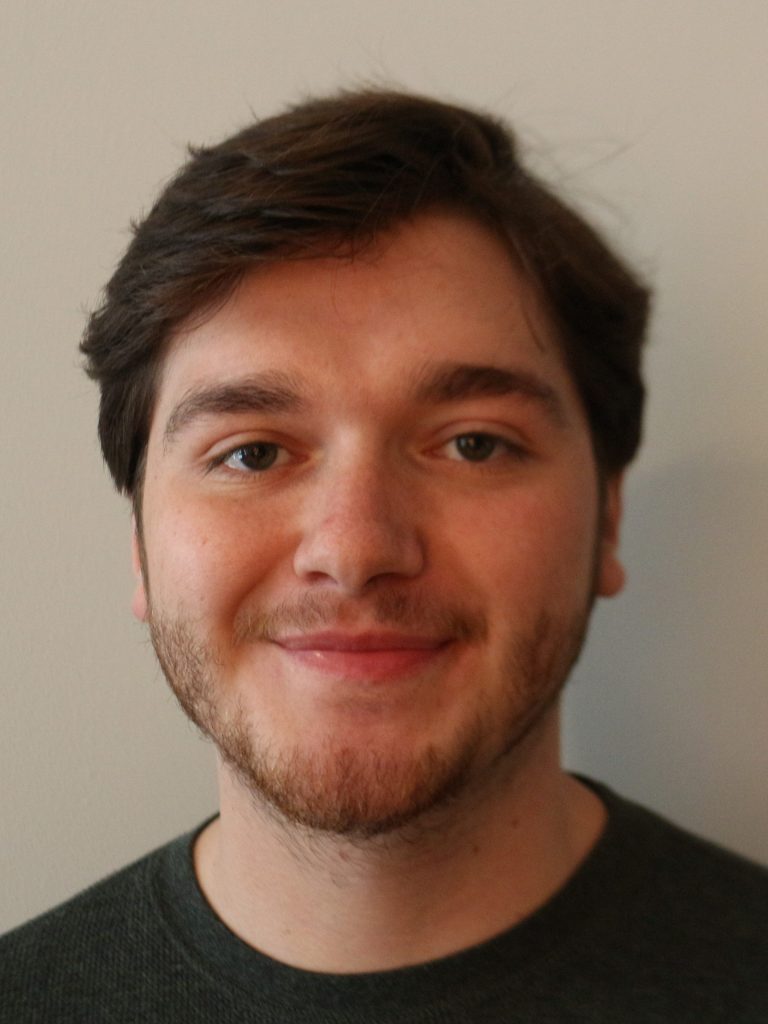Read how reporter William Newlin reported this feature for the Atlanta-Journal Constitution: How metro Atlanta housing groups adapted to COVID-19

Similar to my and Carolyn Crist’s previous Atlanta Journal-Constitution story, I began gathering information for “How metro Atlanta housing groups adapted to COVID-19” by looking for organizations. Rather than take a broader look at the finances of various nonprofit groups, this story focused on the physical and organizational changes within homeless shelters and affordable housing groups due to the pandemic. How did they adapt? Are things getting back to normal?
Google searches and consultations with the Guidestar nonprofit database helped me find groups within my area of focus. From emergency shelters in the City of Atlanta to a youth shelter in Marietta to an affordable housing group in Roswell, I began making phone calls. I received a lot of voicemails. Follow-up emails proved useful, and after a while I gathered a useful sample of anecdotes and experiences that informed my story.
Before I reported this piece, I didn’t know that certain types of housing carry technical definitions. For example, the Department of Housing and Urban Development’s Continuum of Care Program defines transitional housing as providing “interim stability” until an individual or family can achieve a permanent home. Per HUD guidelines, people living in transitional housing must maintain a lease in their own name. The Center for Family Resources is the liaison for the Marietta/Cobb County Continuum of Care and follows federal rules to receive funding for itself and its housing partners in the area, such as MUST Ministries.
I also learned about the hotel voucher program implemented earlier this year to people experiencing homelessness in Atlanta. The American Rescue Plan passed this spring provided 202 emergency vouchers to Atlanta’s housing authority. It created vacancies at Our House’s shelter downtown, prompting the group to expand its eligibility criteria to house more families. Asking my sources about housing distinctions and programs related to their missions helped with accuracy once I reached the writing stage.

While every group and all my sources had their own stories, trends did appear. Namely, each nonprofit cut back on volunteers, rearranged how they accepted and housed clients and kept a keen eye on regulations created and updated by the Centers for Disease Control and Prevention. However, it was important for me to include human emotion alongside discussions of safety protocols. All of my sources expressed fatigue regarding their work over the past 18 months and deep concern for the people they serve. I tried to select quotes that highlighted those emotional details.
William Newlin is a graduate student at the University of Georgia with work appearing in Georgia Health News, The Atlanta Journal-Constitution and The Red & Black.

